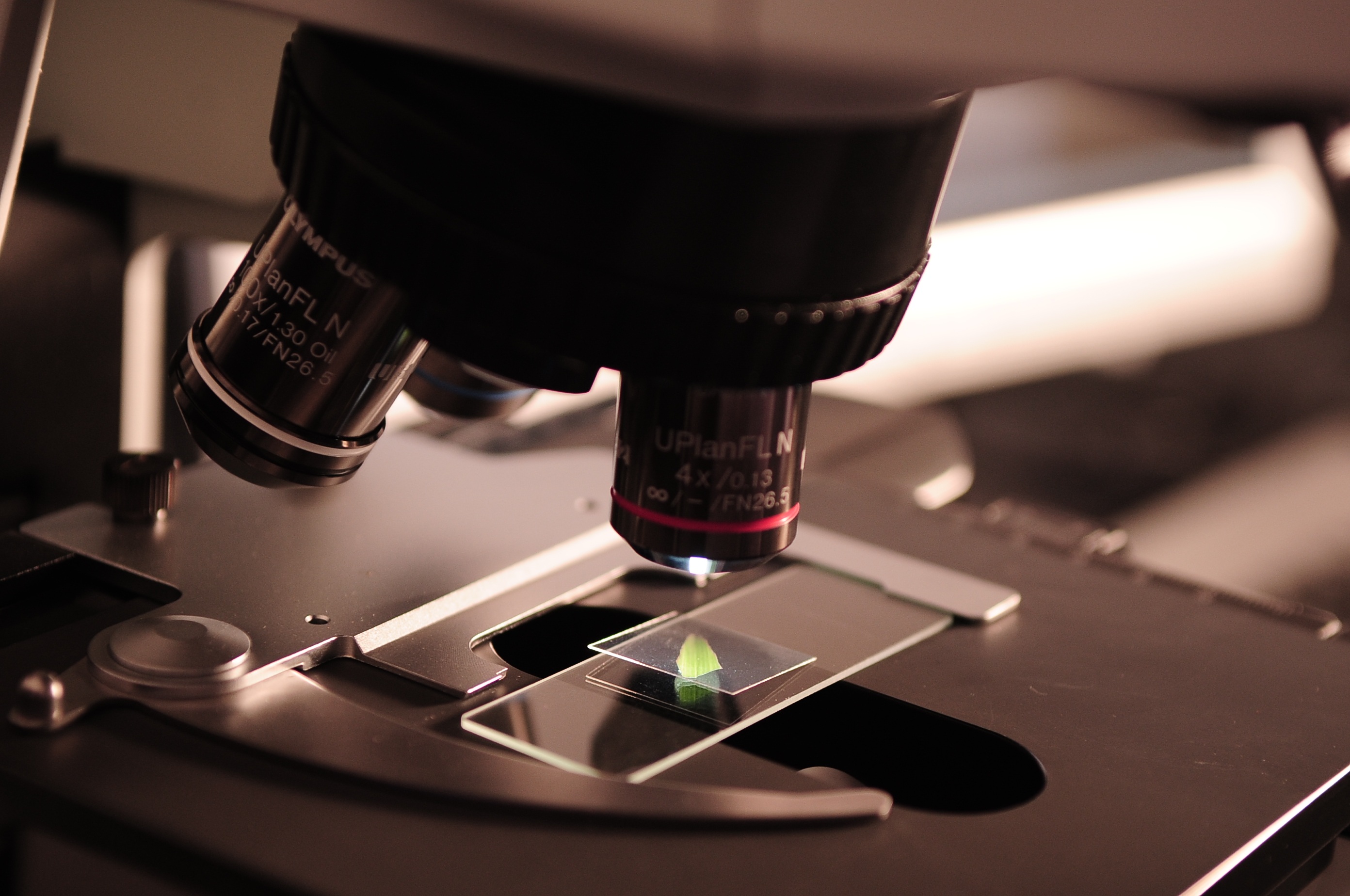Progress in lay language:
Over 50,000 men and women will be diagnosed with head and neck cancer this year, and current treatments are generally highly toxic, while there is a significant risk for metastatic recurrence which invariably leads to death. My project investigates the role of a unique intracellular pathway, the methylation of linker histones, which package DNA into the chromosomes, by the histone methyltransferase Wolf-Hirschhorn syndrome candidate 1 (WHSC1) as a novel drug target in head and neck cancer. In cancer, it is possible that the function of linker histones may become aberrant to contribute to cancer growth. Experiments in my project aim to assess the effect of WHSC1-mediated methylation of linker histones on the ability of cancer cells to die, to resist to chemoradiotherapy and to develop features of adaptability, and thus, resistance to treatment. Over the past year, I obtained a customized, specific antibody and validated that it recognizes the specific methylation site of linker histones by the enzyme WHSC1. This is crucial, as it will allow me to monitor and identify this methylation reaction in living cancer cells after relevant experimental interventions. Furthermore, I also showed that knockdown of WHSC1 in specific head and neck cancer cell lines makes them more sensitive to standard agents used in clinic to treat head and neck cancer patients, more specifically, cisplatin. Next steps include to confirm that this chemotherapy sensitization is mediated by a decrease in the methylation of linker histones by WHSC1, and to evaluate the effect of WHSC1-mediate histone methylation on the ability of the cancer cells to attain stem-cell-like features. Successful completion of this project will provide the ground basis for the introduction of novel WHSC1 inhibitors in the clinic for patients with head and neck cancer.
Progress:
In order to proceed with aims 1 and 2 of this proposal, I first sought to confirm that H1.4K85 monomethylation occurs not only in vitro, as we have already shown (reaction in biochemical tube), but also in vivo in cells and that the lysine at position 85 of H1.4 is necessary for the monomethylation reaction. To this purpose, I obtained a customized antibody specific to monomethylated H1.4K85me1 (ST0812). ELISA analysis showed that ST0812 recognized the H1.4K85me1, but did not recognize the unmethylated substrate. To further assess the specificity of the ST0812 antibody, I performed an in vitro methytranserase assay of recombinant WHSC1 and H1.4 and this revealed a signal correspondent a band at approximately 30kD (expected molecular weight for H1.4) which was absent in the control group (albumin and H1.4). This finding was further validated with slot-blot analysis, which also showed that dilution of 1:500-1:1000 is appropriate for detection of monomethylated H1.4K85. Following this initial validation phase, I am now in the process of assessing whether co-overexpression of WHSC1 and H1.4 in head and neck cancer cell lines leads to an increase in H1.4K85me1. I am also in the process of obtaining a new H1.4 vector which will express the mutant FLAG- and HA-tagged H1.4K85A protein. I plan to use this vector to co-transfect cells with wild type versus mutant H1.4 and WHSC1 and assess whether the H1.4K85 monomethylation is abolished in the mutant protein.
Regarding Aim 2, to assess whether WHSC1 is associated with chemoresistance in head and neck cancer cells, I sought to evaluate the sensitivity of head and neck cancer cell lines to cisplatin before and after knockdown of WHSC1. I knocked down WHSC1 in head and neck cancer cells (UD-SCC-2, p53 wild) using WHSC1 specific siRNAs, and 24h later I exposed the cells to cisplatin (1uM) for 48h (72h siRNA-mediated WHSC1 knockdown). I then examined the morphology of the cells optical microscopy and noticed a significant difference between the negative control siRNA-treated cells and the WHSC1 siRNA-treated cells, in that the latter acquired a more rounded morphology compared to the control cells, possibly indicative of increased sensitivity to apoptosis. I also attempted to perform cell viability assays in two additional head and neck cancer cell lines (HN-6, HN-SCC-151, p53 mutant), but the difference in cell viability that I observed in the WHSC1-knockdown compared to the control siRNA-treated cells was only mild. This result may be secondary to the fact that these two cell lines are p53 mutated and may thus be inherently resistant to DNA damage. In contrast, the WHSC1-mediated H1.4K85 monomethylation may be a predominant mechanism of resistance to DNA damage in cells with an intact p53-inducible apoptotic system.
Future experiments will aim to use a mutant H1.4K85A vector as well as WHSC1-knockdown cellular systems to assess whether WHSC1-mediated H1.4K85 methylation mediates chromatin decondensation and pluripotency of head and neck cancer cells. Additional experiments will aim to further evaluate the importance of WHSC1-mediated H1.4K85 methylation in inducing apoptosis resistance and resistance to accumulation of DNA damage by inciting agents, such as DNA-damaging chemotherapy or radiotherapy.
